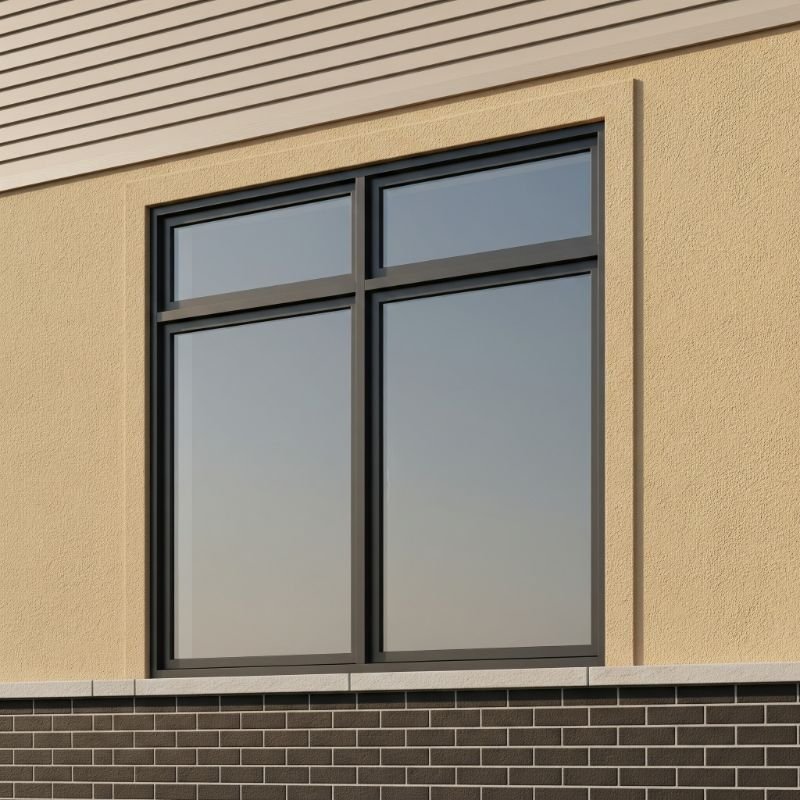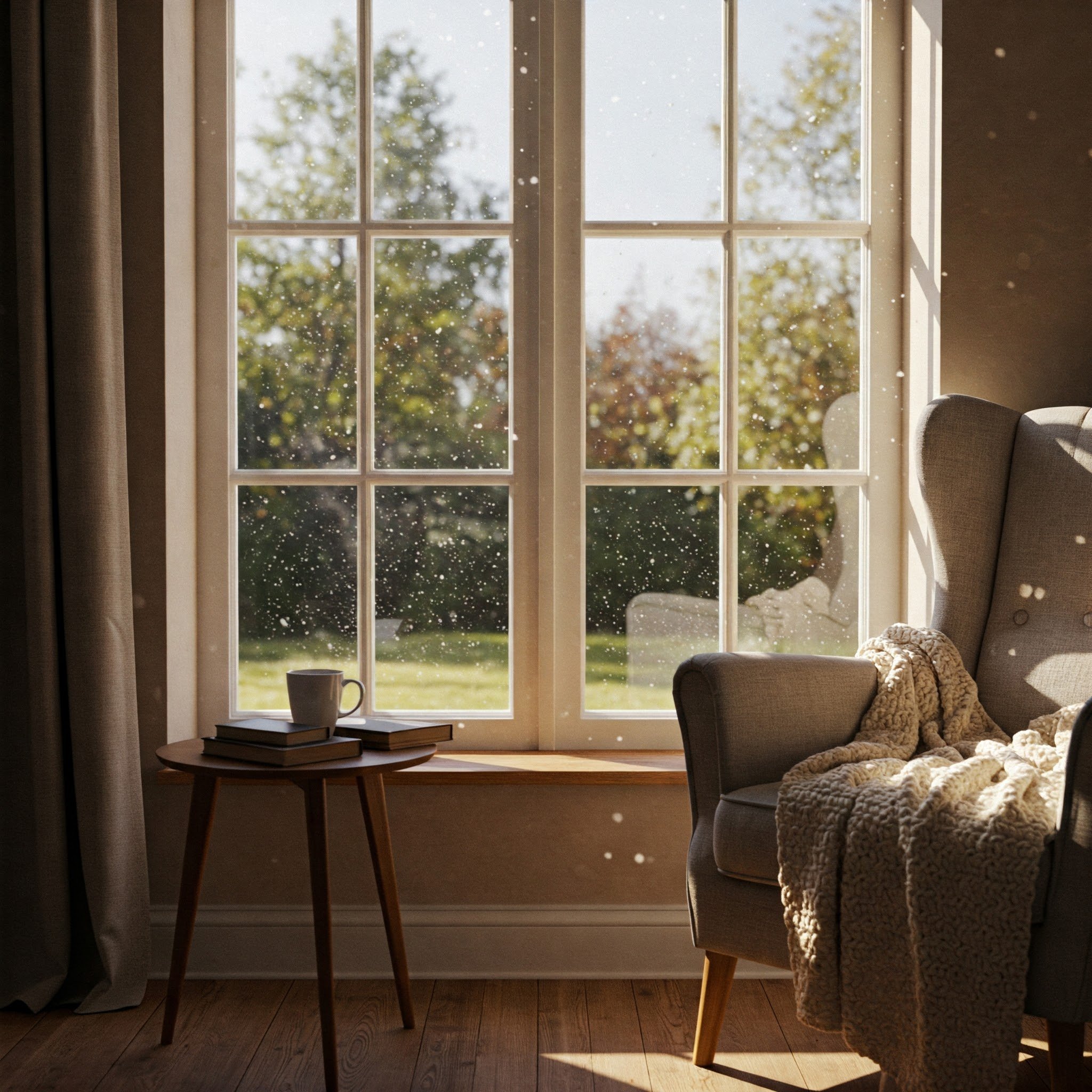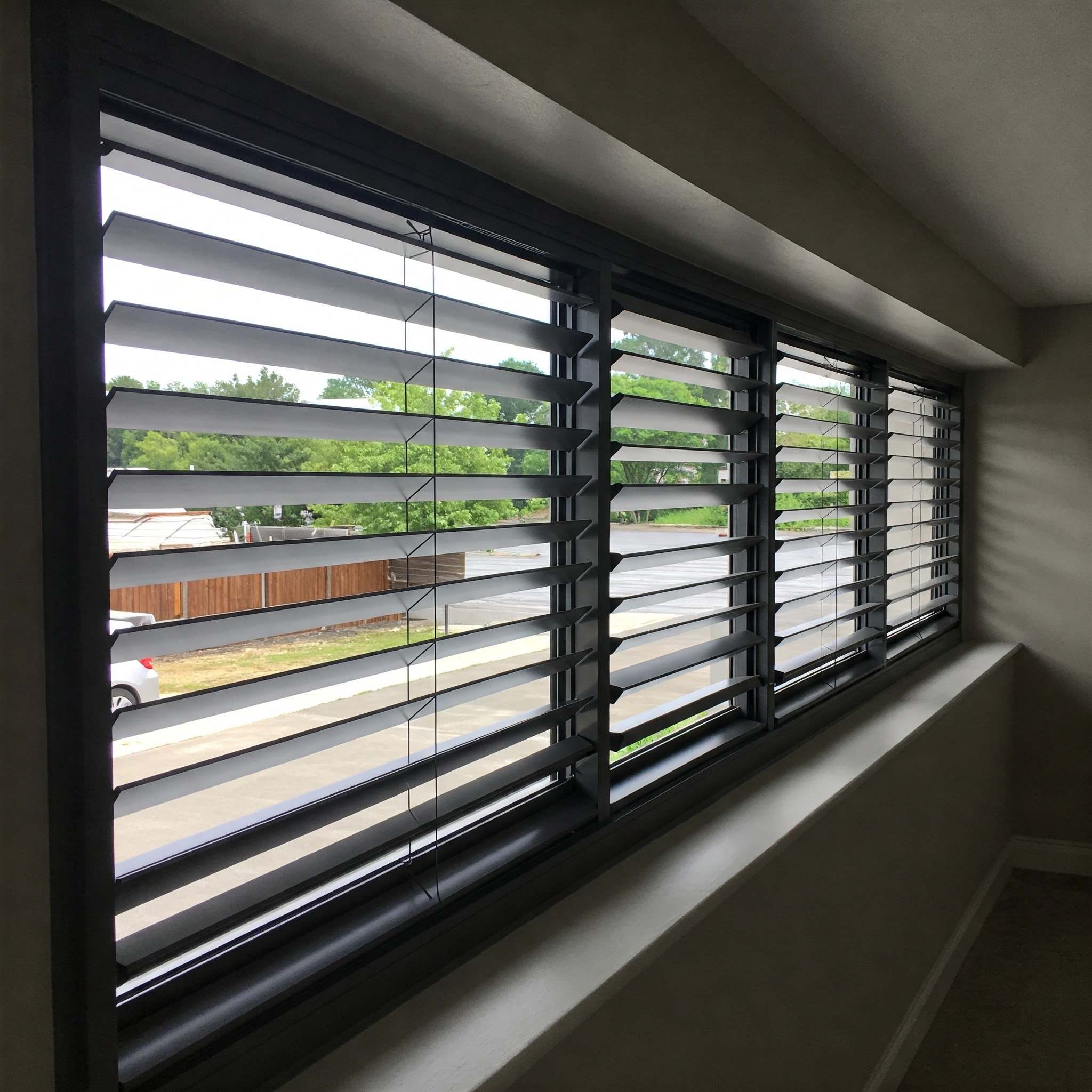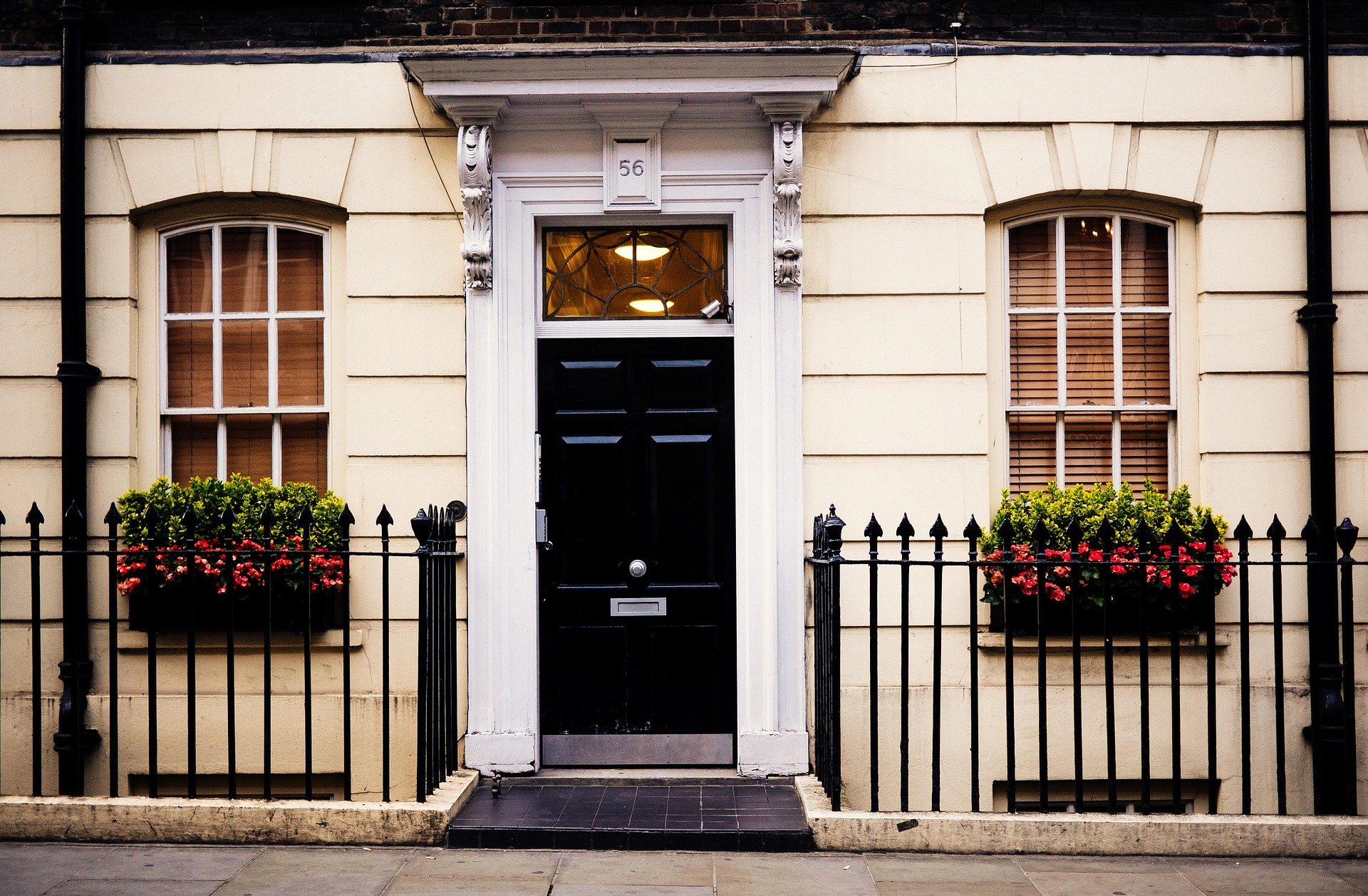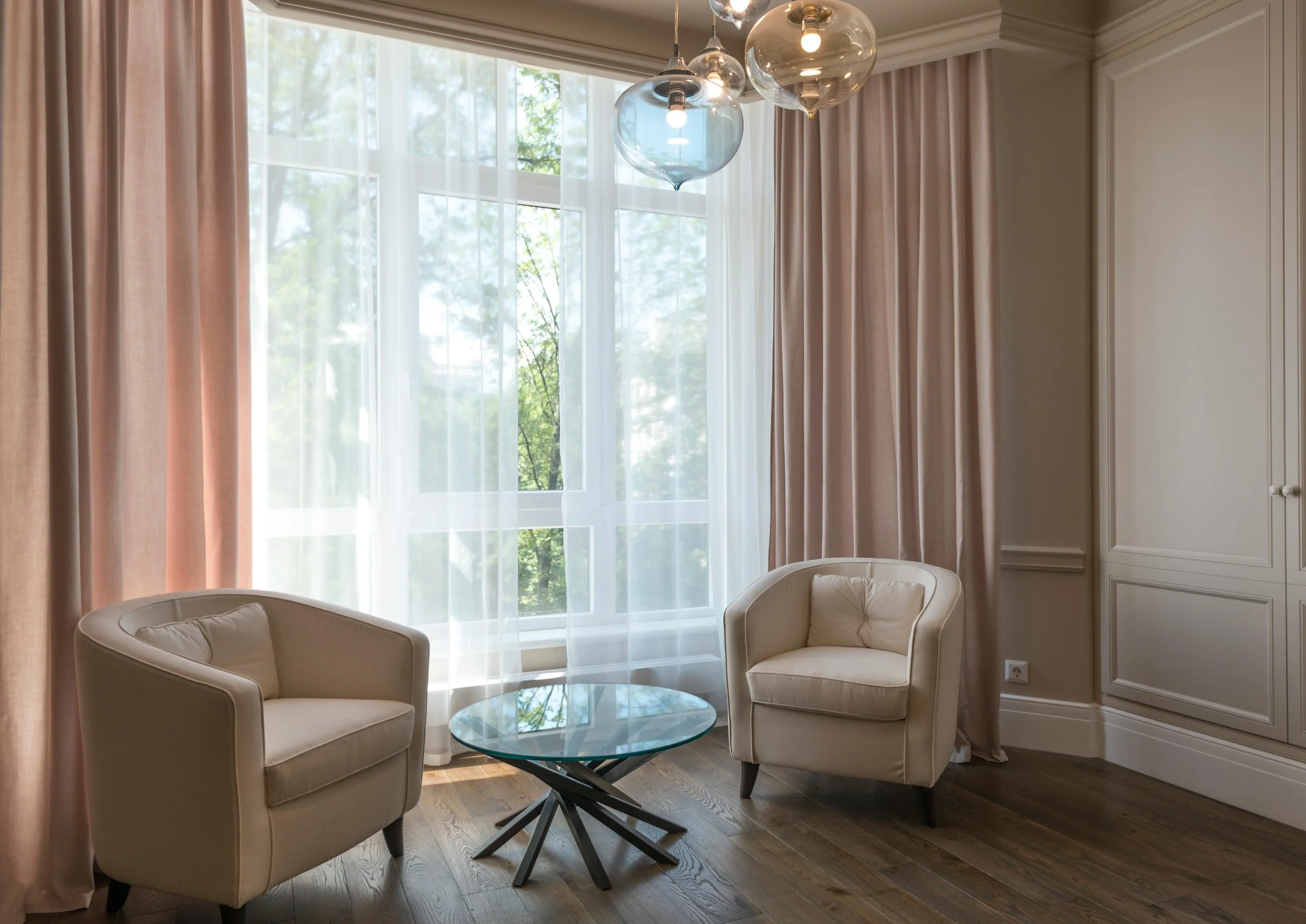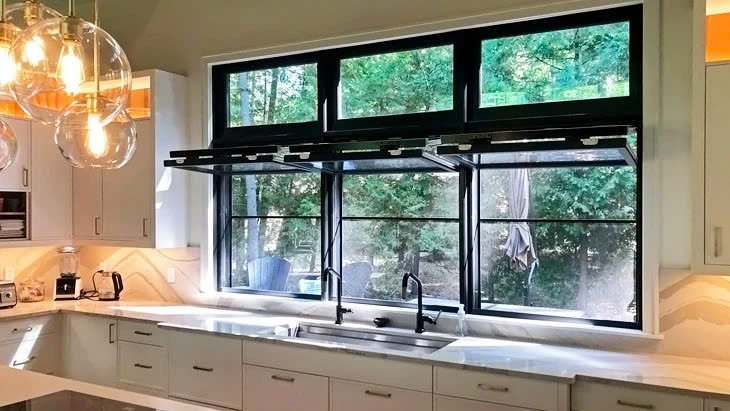How to Add a Window to an Exterior Wall: What You Need to Know
Thinking of adding a window to an exterior wall? Learn the steps, costs, and key considerations to brighten your space safely and efficiently.
Adding a window to an exterior wall is one of the most effective ways to bring natural light into your home and improve ventilation. Whether you want to brighten a dark room or enhance a view, this type of renovation can dramatically improve your living space. However, it is not as simple as cutting a hole in the wall. There are structural, legal, and budgetary factors to consider before beginning.
1. Determine Whether the Wall Is Load-Bearing
The first step is to identify whether the wall you want to modify is load-bearing or not. A load-bearing wall supports the weight of the structure above it. Modifying it without proper reinforcement can compromise the safety of your home. If it is non-load-bearing, the project becomes less complex, though it still requires precision.
To be sure, consult your home’s blueprints or hire a structural engineer to inspect the wall. If the wall is load-bearing, you will need to install a header above the window to support the load properly. This is not optional and must be done correctly to maintain the integrity of the structure.
2. Select the Right Size and Placement
Choosing the right size and position for your new window is important for both aesthetic and practical reasons. A larger window will bring in more natural light and improve views, but it also requires more structural changes. You should also consider the orientation of the sun and how it affects the room throughout the day.
Placement also affects privacy and energy efficiency. For example, placing a window on the west side may bring in intense afternoon sunlight, which could overheat the room unless you install proper shading.
3. Check Building Codes and Permit Requirements
Before you make any changes, check local building codes. In many areas, you are required to obtain a permit to add a window to an exterior wall. These regulations exist to ensure safety, structural stability, and energy efficiency.
You may also need to follow specific rules if you live in a historic district or a community governed by a homeowners’ association. These rules could restrict the type, size, or placement of exterior windows. Always get written approval and the necessary permits before you begin construction to avoid legal and financial problems later.
4. Plan for Insulation and Weatherproofing
When you cut into an exterior wall, you are also cutting through insulation and weather barriers. After the window is installed, it is crucial to properly seal around it to prevent air leaks and moisture from getting inside.
This includes adding flashing to direct water away from the frame, sealing gaps with foam insulation, and restoring the wall’s weather-resistant barrier. You should also consider installing an energy-efficient window to help reduce heating and cooling costs.
5. Understand the Construction Steps
The process of adding a window generally includes several steps. First, the contractor will mark and cut the opening. Then they will frame the space using king studs, trimmers, and a header to maintain the structure’s strength. After the window is placed and secured, the team will insulate, seal, and finish both the interior and exterior areas around it.
The exact timeline depends on the complexity of the job, but most projects take one to three days from start to finish.
6. Should You DIY or Hire a Professional?
Although some homeowners may consider doing the work themselves, this project involves cutting through structural components, installing reinforcements, and ensuring proper sealing. Mistakes could lead to serious problems such as water damage, energy loss, or even structural failure.
Hiring a licensed contractor with experience in window installation is often the safer and more cost-effective option. They can handle the permits, ensure code compliance, and deliver a finished result that looks good and performs well.
7. Consider the Budget
The cost to add window to exterior wall depends on several factors, including the wall type, window size, materials used, and labor costs in your area. If the wall is load-bearing, expect to pay more due to the need for additional structural work. On average, homeowners spend between $1,000 and $5,000 for this type of project. Larger or more complex installations could cost more.
Final Thoughts
Adding a window to an exterior wall is a smart way to increase natural light, improve airflow, and enhance your home's curb appeal. However, the process involves more than just design decisions. You need to plan carefully, check local codes, and possibly bring in professionals to ensure the job is done right. With the proper approach, your new window can add beauty and value to your home for years to come.
